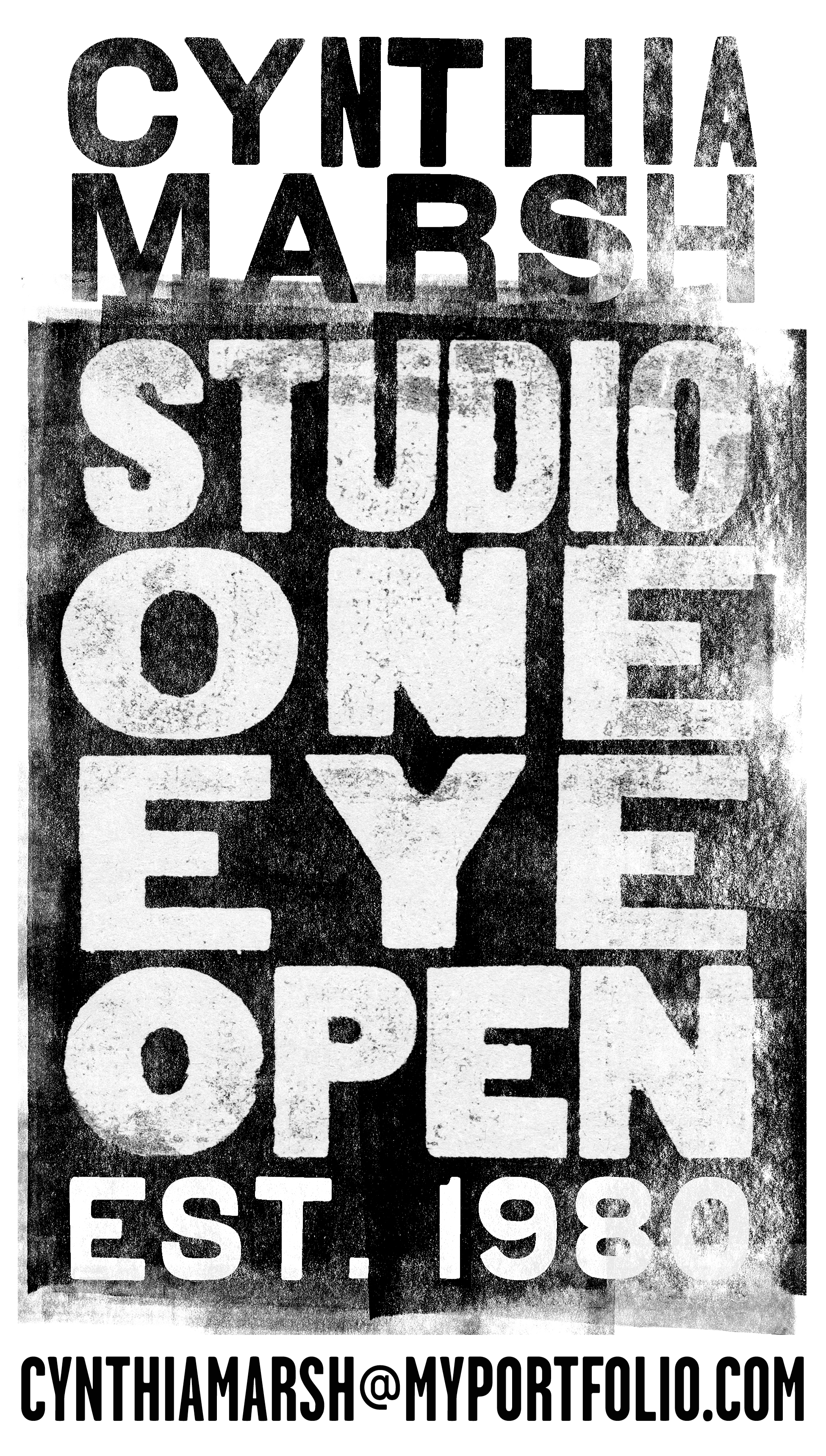Background
The Goldsmith Press & Rare Type Collection is a working letterpress museum that includes thousands of hand-hewn wood letters, typesetting materials, and printing presses. Wood letterforms, introduced in the 1700’s, quickly became the backbone of early advertising in rural America. By the end of the nineteenth century opinionated broadsides, fire-and-brimstone handbills, wanted posters, and square dance flyers adorned the landscape of Tennessee and her neighbors.
Timeline
The collection wood type currently housed at the Goldsmith Press was created in 1890 for a New England advertising company, Metropolitan Showprint. The Metropolitan collection was purchased by Austin Peay State University in 1997 from Boston printer, Robert Grande. Purchase funds came from a number of sources: a project grant from the APSU Center of Excellence in the Creative Arts (CECA), equipment funds from the APSU Office of Academic Affairs, and a private donation. The CECA grant, written jointly by professors Cynthia Marsh and Malcolm Glass, pledged to create a unique self-publishing facility on the campus of Austin Peay for students, artists, and the community members.
In April 1998, the letterpress and type collection was officially named for Arthur Goldsmith. Professor Goldsmith was an advocate for public literacy, a typophile, and a long-term supporter of the arts. The Goldsmith Press has proven to be a valued teaching facility and a coveted facility for professional artists, designers, and writers to create limited edition broadsides, books, and prints. The press has been awarded 16 grants from the regional and national sources to fund community projects; it is recognized as a unique creative facility capable of producing a wide range of public art works, artists’ books, narrative posters, and limited edition print portfolios.
Objectives
1
to support the mission and goals of the University, the Center of Excellence for the Creative Arts, and the APSU Department of Art + Design.
2
to record community ideas.
3
to promote verbal, written, and visual communication in the region.
4
to preserve the collection of rare wood type — a working museum that honors the history of rural American advertising.
Goldsmith Press Community Projects

